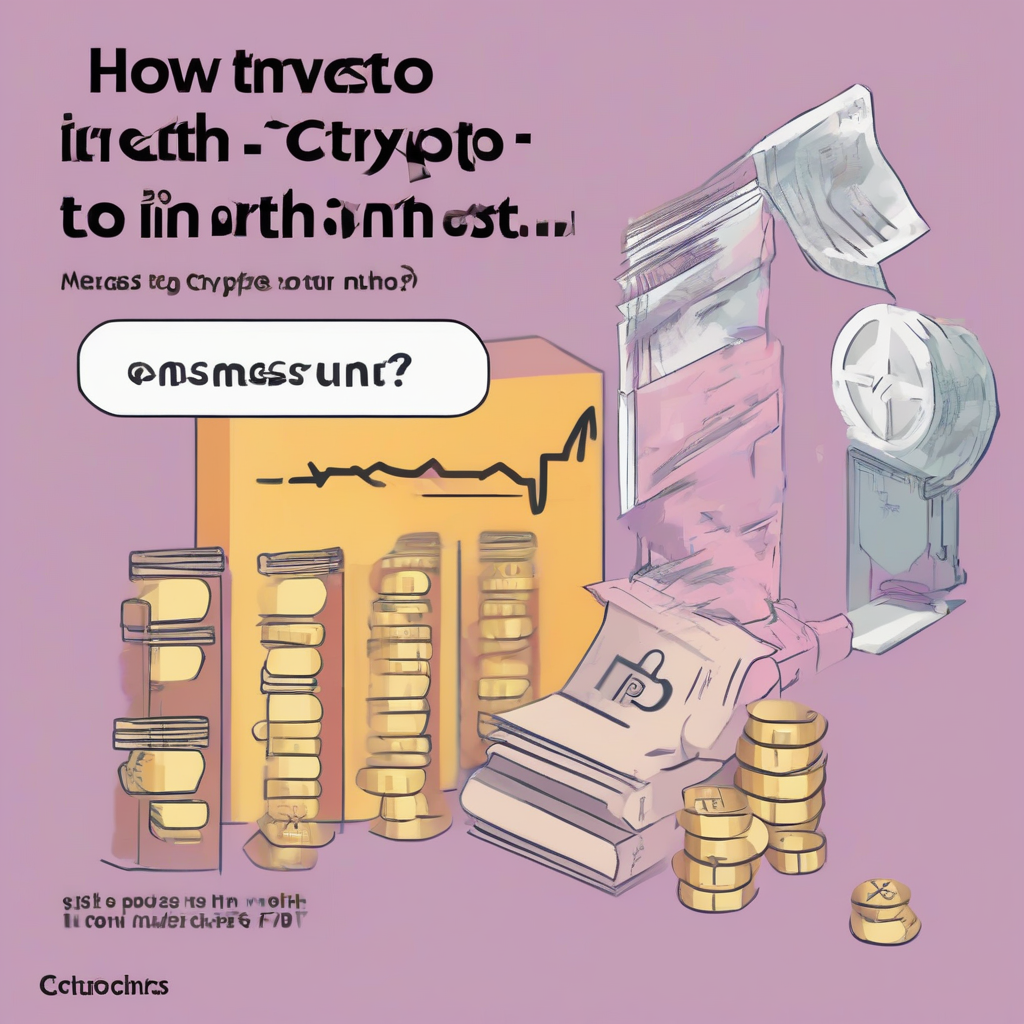Asset Management vs. Investment Management: A Comprehensive Guide

Asset Management vs. Investment Management: A Comprehensive Guide
In the world of finance, the terms "asset management" and "investment management" are often used interchangeably, leading to confusion among individuals and even professionals. While they share some overlap, these terms represent distinct functions with unique goals and processes. This comprehensive guide will delve into the nuances of each concept, providing a clear understanding of their differences and how they contribute to wealth creation and preservation.
Understanding Asset Management
Asset management refers to the comprehensive process of overseeing and managing a portfolio of assets, encompassing a wide range of instruments like stocks, bonds, real estate, and precious metals. It aims to maximize the value of these assets while minimizing risk, aligning with the investor's financial objectives.
- Key Objectives of Asset Management:
- Growth: Generate long-term returns through strategic investment decisions.
- Preservation: Safeguard the value of assets from erosion due to inflation, market volatility, or other risks.
- Income: Generate regular cash flow through dividends, interest payments, or rent.
- Liquidity: Ensure that assets can be easily converted into cash when needed.
- Core Activities of Asset Management:
- Asset Allocation: Determining the optimal mix of assets within a portfolio based on risk tolerance, investment horizon, and financial goals.
- Security Selection: Choosing specific investments within each asset class, such as individual stocks, bonds, or real estate properties.
- Portfolio Monitoring and Rebalancing: Continuously tracking portfolio performance, adjusting asset allocation, and rebalancing the portfolio as needed to maintain desired risk levels and meet changing market conditions.
- Risk Management: Implementing strategies to mitigate potential losses, including diversification, hedging, and risk-adjusted return analysis.
- Types of Asset Managers:
- Individual Investors: Those who manage their own assets.
- Financial Institutions: Banks, insurance companies, mutual funds, and investment advisors that offer asset management services.
- Family Offices: Private wealth management firms that serve high-net-worth individuals and families.
Delving into Investment Management
Investment management focuses on the specific process of selecting, acquiring, and managing investments within a portfolio. It is a subset of asset management, concentrating on the active decision-making aspect of the process.
- Key Objectives of Investment Management:
- Return Maximization: Generating the highest possible returns on investment while considering risk appetite.
- Risk Mitigation: Implementing strategies to protect investments from market volatility, economic downturns, and other uncertainties.
- Performance Tracking: Monitoring investment performance and making adjustments to optimize returns and manage risks.
- Core Activities of Investment Management:
- Investment Research: Analyzing market trends, economic conditions, and individual company performance to identify attractive investment opportunities.
- Investment Selection: Selecting specific investments that align with investment goals, risk tolerance, and market outlook.
- Portfolio Construction: Building a diversified portfolio across different asset classes and investment styles to optimize risk and reward.
- Investment Execution: Implementing investment decisions, such as buying or selling securities, in a timely and efficient manner.
- Performance Evaluation and Reporting: Regularly evaluating investment performance and providing comprehensive reports to clients.
The Interplay Between Asset Management and Investment Management
While asset management encompasses the broader scope of managing assets, investment management forms the core of its strategic decision-making. Asset management sets the overall investment framework, while investment management focuses on executing specific investment decisions within that framework.
- Asset Allocation: An asset manager determines the optimal allocation across different asset classes, providing the investment manager with guidelines for selecting investments within those classes.
- Risk Management: The asset manager establishes risk parameters for the portfolio, influencing the investment manager's risk appetite and investment choices.
- Performance Evaluation: Both asset managers and investment managers track portfolio performance, but the asset manager's focus is on overall portfolio performance, while the investment manager evaluates the performance of specific investment strategies.
Key Differences Between Asset Management and Investment Management
- Scope: Asset management encompasses the entire spectrum of asset management, including asset allocation, risk management, and portfolio monitoring. Investment management focuses on the specific selection, acquisition, and management of investments within a portfolio.
- Decision-Making: Asset managers make strategic decisions regarding asset allocation and overall portfolio design, while investment managers make tactical decisions about specific investments within a given framework.
- Focus: Asset managers prioritize long-term financial goals and risk management, while investment managers focus on generating returns through active investment selection and management.
- Clients: Asset managers typically serve a broad range of clients, including individuals, institutions, and corporations. Investment managers may specialize in serving specific client segments, such as high-net-worth individuals or institutional investors.
The Importance of Effective Asset and Investment Management
Effective asset and investment management are crucial for individuals and institutions alike, enabling them to achieve their financial goals and secure their financial future. By employing sound strategies and partnering with experienced professionals, investors can navigate the complexities of the financial world and make informed decisions that optimize returns and minimize risk.
- Wealth Growth: Efficient asset and investment management helps individuals and institutions grow their wealth over time through prudent investment decisions and portfolio optimization.
- Risk Mitigation: By diversifying investments, managing risk exposures, and employing appropriate hedging strategies, asset and investment managers can minimize the impact of market volatility and economic uncertainty.
- Financial Security: Proper asset and investment management provides a foundation for financial security, ensuring that individuals and institutions have the resources they need to meet their short-term and long-term financial obligations.
- Financial Planning: Asset and investment management play a vital role in financial planning, enabling individuals and institutions to define their goals, develop strategies, and make informed decisions to achieve those goals.
Conclusion
Understanding the distinction between asset management and investment management is crucial for individuals and institutions seeking to maximize returns and manage risk effectively. While they are interconnected, these terms represent distinct functions with unique objectives and approaches. By engaging with experienced professionals and employing sound strategies, investors can effectively navigate the complexities of the financial world and achieve their financial aspirations.
What's Your Reaction?















